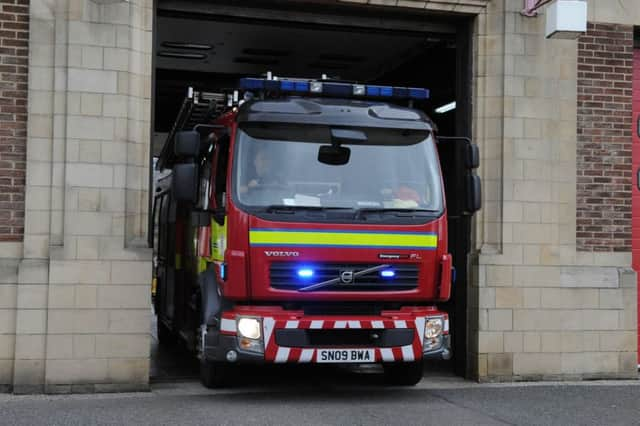Number of deliberate fires in Fife increased last year


Both primary and secondary deliberate fires have gone up.
Deliberate primary fires have increased from 154 in 2017/18 to 158 in 2018/19 and secondary deliberate fires from 709 in 2017/18 to 245 in 2018/19, an increase of 3% and 5% respectively.
Primary fires generally involve property and include buildings, caravans, motor vehicles and plant and machinery. Secondary fires are often minor and include the burning of rubbish bins, grass and derelict properties.
Advertisement
Hide AdAdvertisement
Hide AdIn a report to Fife Council’s environmental and protective services committee on Thursday, Callum Bruce, Fife group manager, wrote: “We continue to target schools in high activity areas to deliver talks regarding the dangers and consequences of deliberate fire setting.
You might also be interested in:
“These talks take place normally in April and October, which are the peak periods of activity. We work with our Police and Local Authority partners to identify deliberate fire setting incidents early, in order to ensure that solutions are implemented to prevent further incidents.
“Deliberate Fire Reduction Plans have been implemented in Levenmouth and Dunfermline City with partner agencies in order to address and reduce operational demand.”
Roddie Keith, Scottish Fire and Rescue Local Senior Officer (LSO), told the committee: “The new figures for the next quarter is looking like there will be a 40% reduction in deliberate fires in the Levenmouth area.
Advertisement
Hide AdAdvertisement
Hide Ad“It does look like a genuine reduction and we want to make sure that we build on that.”
Two fire related deaths also occurred in the last year. One was a woman in her 50s who lived in South West Fife. Officers were unable to detect if she had a smoke detector.
The second was a 93 year old man in Dunfermline who had a smoke alarm.
LSO Keith said: “We are always going to strive to have a zero fatality rate, but that is challenging to achieve. The deaths are in line with last year but are below a four year average.”
Advertisement
Hide AdAdvertisement
Hide AdThe number of people injured due to fires in the home has also increased by eight in year on year comparisons, bringing the total to 40 people.
Of those 40, half required hospital treatment, two of which were serious. Seven of the properties had no fire detection systems and the majority of fires started in the kitchen.
Non-domestic fires has seen a reduction in 22% over the last four years.
LSO Keith added: “We carried out 5809 home safety visits last year against a challenging target of 5000. We make sure they have working smoke detectors and a domestic fire plan.
“There are a number of initiatives we have, intended to reduce fires, including engaging the education departments to get the fire safety message across.”